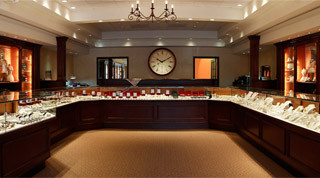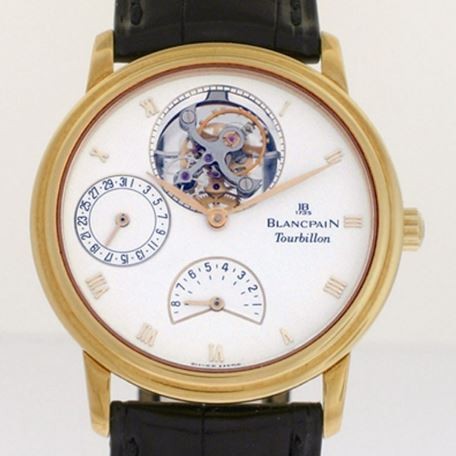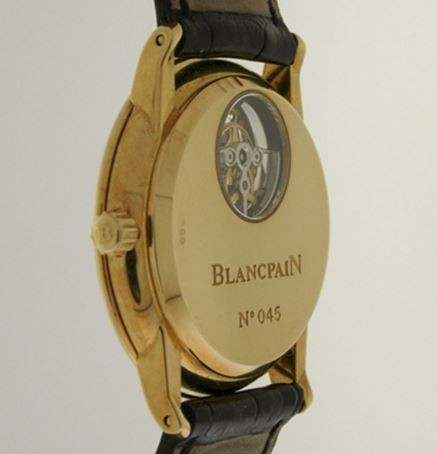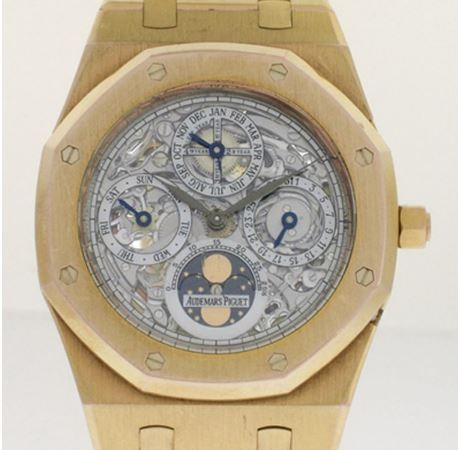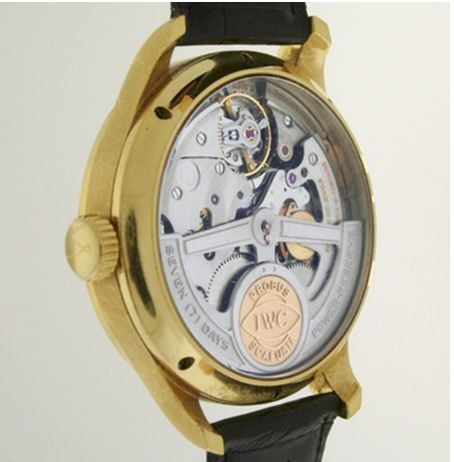Watch Out for Skeleton Watches!
With Halloween around the corner, let’s talk about one very special and riveting category in the world of watchmaking: the Skeleton watch. A skeleton watch is one whose movement has been carved away to reveal open-worked beauty. As much as 70% of the metal may be carved away in intricate designs. Their astonishing beauty is a mark of extreme watchmaking skill.
Typically, a watch has a skeletonized movement housed between a transparent sapphire crystal and caseback to show off all that open-work movement without obstruction, as with this Audemars Piguet Skeleton Chronograph.
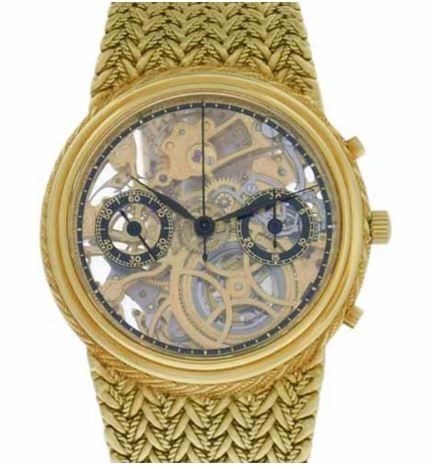

And the back:
A third category exists wherein the mainplate of the watch – with its gears and wheels on it – serves as the dial, yielding a look at the movement without the see-through beauty.
A skeleton watch isn’t just see-through
Generally, in a fully skeletonized watch, the bridges, plates and other metal components are thinned to their barest minimum, then etched and intricately engraved by artisans to offer superb finishes on each component. The creation of these calibers is no easy feat and can take hundreds of hours of workmanship, depending on the intricacy of the watch. It is also a balancing act: the artisan and watchmaker must ensure the parts are still strong enough to do their jobs but thin enough to allow for pleasurable viewing.
The origin of skeleton watches
Skeleton pocket watches were originally inspired by open-worked table clocks. As watchmakers found ways to miniaturize movements into pocket-watch size, the skeleton concept took hold. Skeletonized wrist watches naturally evolved in the 20th century.
Due to the complexity of the movements, watchmakers typically work with the noble metals, gold or platinum. However, there are pieces crafted in steel and in two-tone steel and gold, which is becoming a popular trend again in fine timepieces.
Historically significant skeleton watches
Some historically beautiful skeleton watches come from brands such as Audemars Piguet, Zenith and Blancpain, among others. Audemars Piguet is a master at skeletonizing movements, and has done so for years. Favorites include the Audemars Piguet Skeleton Chronograph and the Audemars Piguet Royal Oak Perpetual Calendar, with a partially skeletonized dial.
Zenith is a brand that captures the spirit of the partially open-worked skeleton movement. In fact, its El Primero Chronomaster open watch is a prime example. On the left side of the dial between 9 o’clock and 12 o’clock, a triple circle aperture reveals a portion of the movement. This opening balances nicely with the subsidiary seconds dial at 3 o’clock and the power reserve indicator that runs from 5 o’clock to 7 o’clock.
Crystal Clear Views of Watchmaking Skill
For those who like the concept of a full dial but would love to see the movement too, consider a watch with a sapphire caseback. In many instances, watchmakers recognize that customers love the classic look of a full dial, but want to appreciate the intricacies of the mechanics, as well. For those customers, certain brands offer the option of seeing part of the movement though the transparent caseback. This IWC Portuguese is a great example that reveals the incredible intricacy and balance of the movement. Though not considered a skeleton watch, one still gets to admire the hand craftsmanship of a well-built piece.
By showing their bones to the world, skeleton watches masterfully demonstrate their mechanical complexity and prowess. Whether a watch is fully skeletonized, partially skeletonized or open-worked with a mainplate as dial, these pieces are works of art – guaranteed to turn heads in any crowded room.

